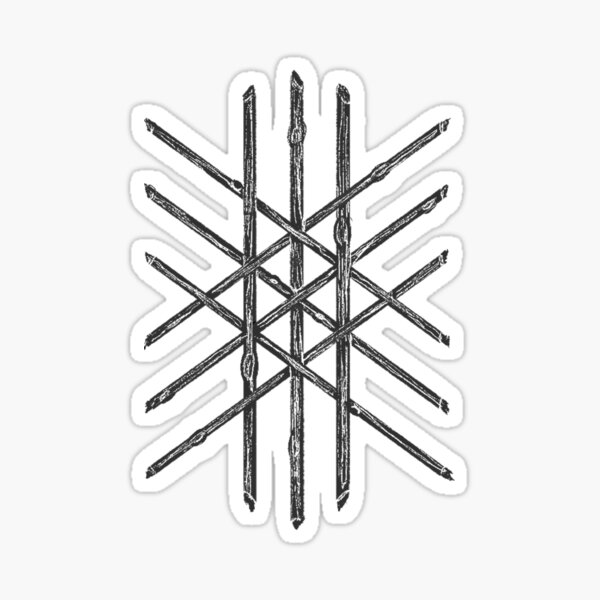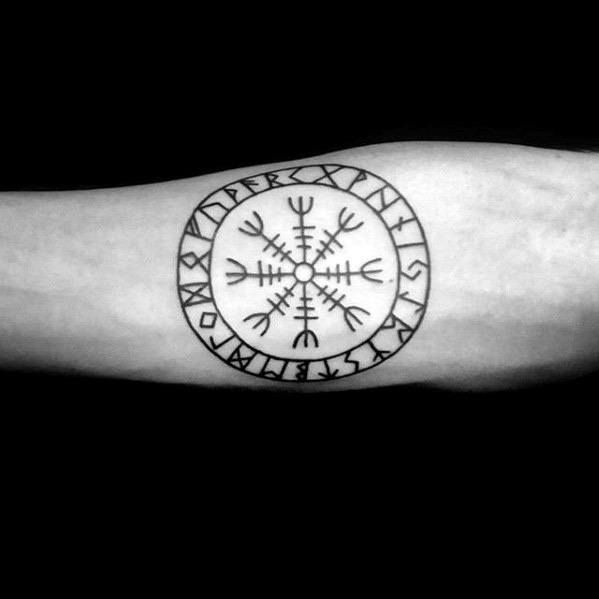
Web of Wyrd – the new, the old and the wyrd
Web of Wyrd – Yet, Ney or Maybe…Y. Here I am trying to untangle the “wyrd” web surrounding this symbol. *Ba Dum Tsss* All puns
This is a collection of articles, stories and opinions I have about the Norse religion. In the process, hopefully, I will enrich, enlighten and clear some minds.

Web of Wyrd – Yet, Ney or Maybe…Y. Here I am trying to untangle the “wyrd” web surrounding this symbol. *Ba Dum Tsss* All puns

Helm of Awe and where it came from So, this is just me throwing my two cents about the Helm of Awe or the Helm

| Cookie | Duration | Description |
|---|---|---|
| cookielawinfo-checkbox-analytics | 11 months | This cookie is set by GDPR Cookie Consent plugin. The cookie is used to store the user consent for the cookies in the category "Analytics". |
| cookielawinfo-checkbox-functional | 11 months | The cookie is set by GDPR cookie consent to record the user consent for the cookies in the category "Functional". |
| cookielawinfo-checkbox-necessary | 11 months | This cookie is set by GDPR Cookie Consent plugin. The cookies is used to store the user consent for the cookies in the category "Necessary". |
| cookielawinfo-checkbox-others | 11 months | This cookie is set by GDPR Cookie Consent plugin. The cookie is used to store the user consent for the cookies in the category "Other. |
| cookielawinfo-checkbox-performance | 11 months | This cookie is set by GDPR Cookie Consent plugin. The cookie is used to store the user consent for the cookies in the category "Performance". |
| viewed_cookie_policy | 11 months | The cookie is set by the GDPR Cookie Consent plugin and is used to store whether or not user has consented to the use of cookies. It does not store any personal data. |